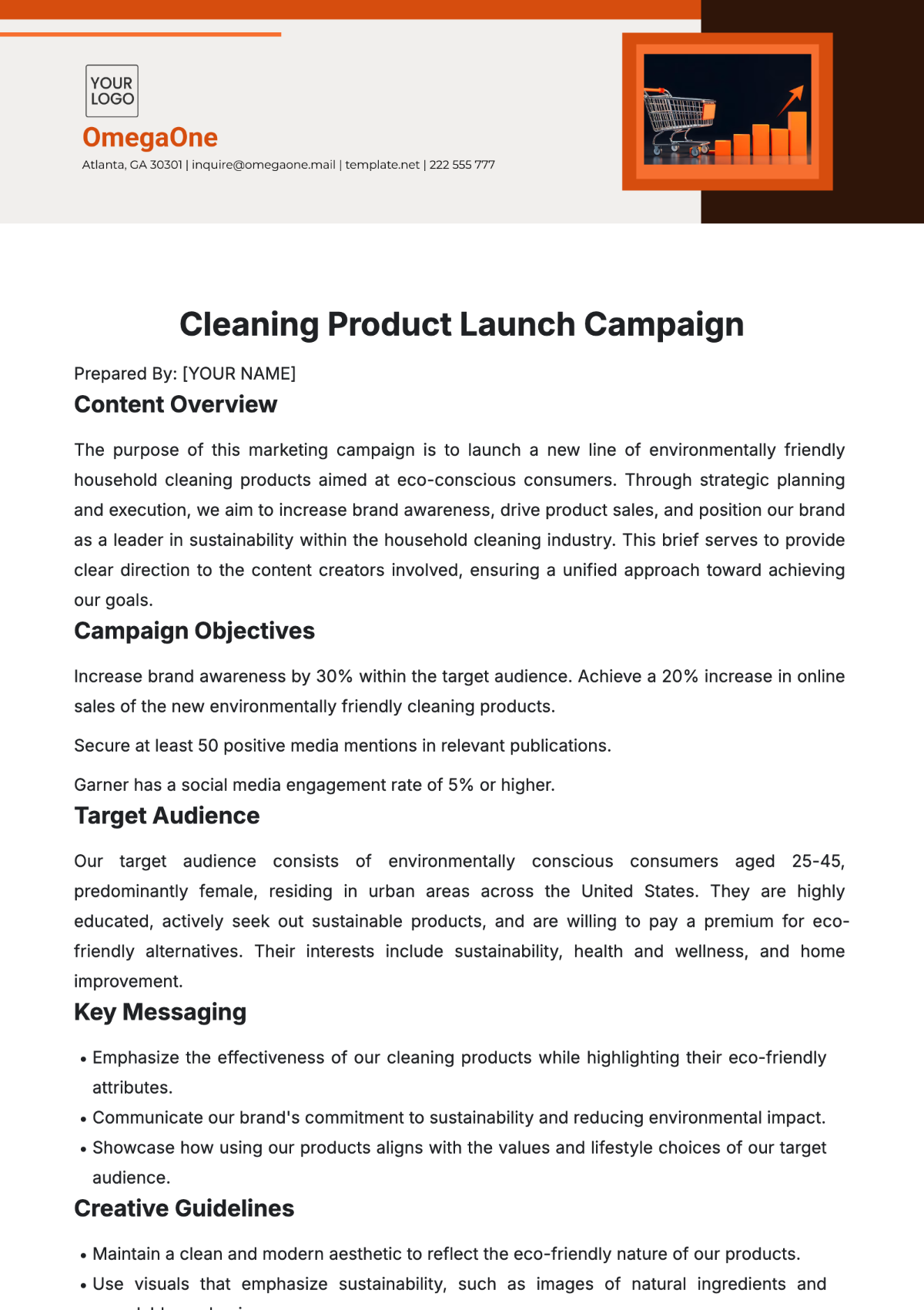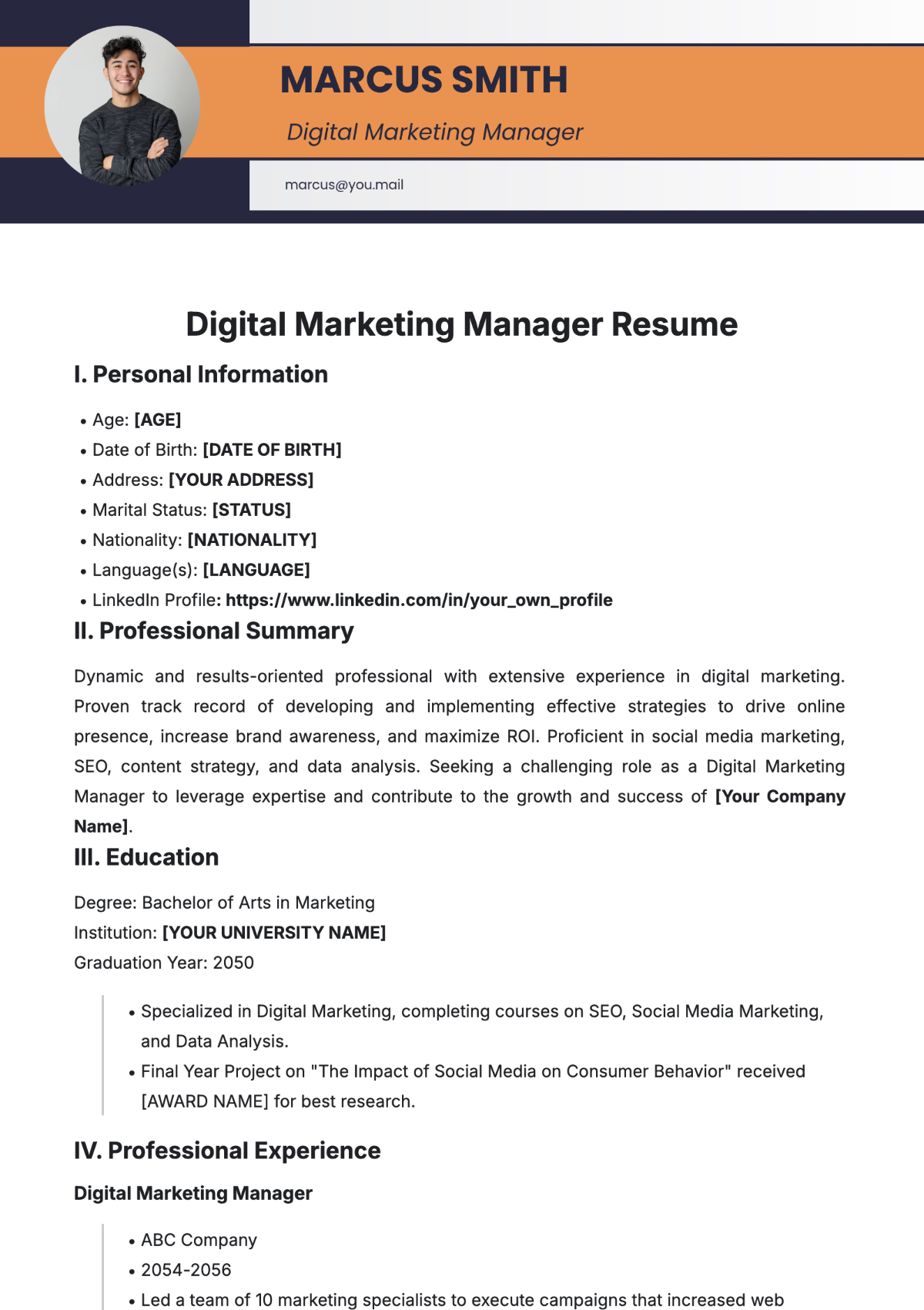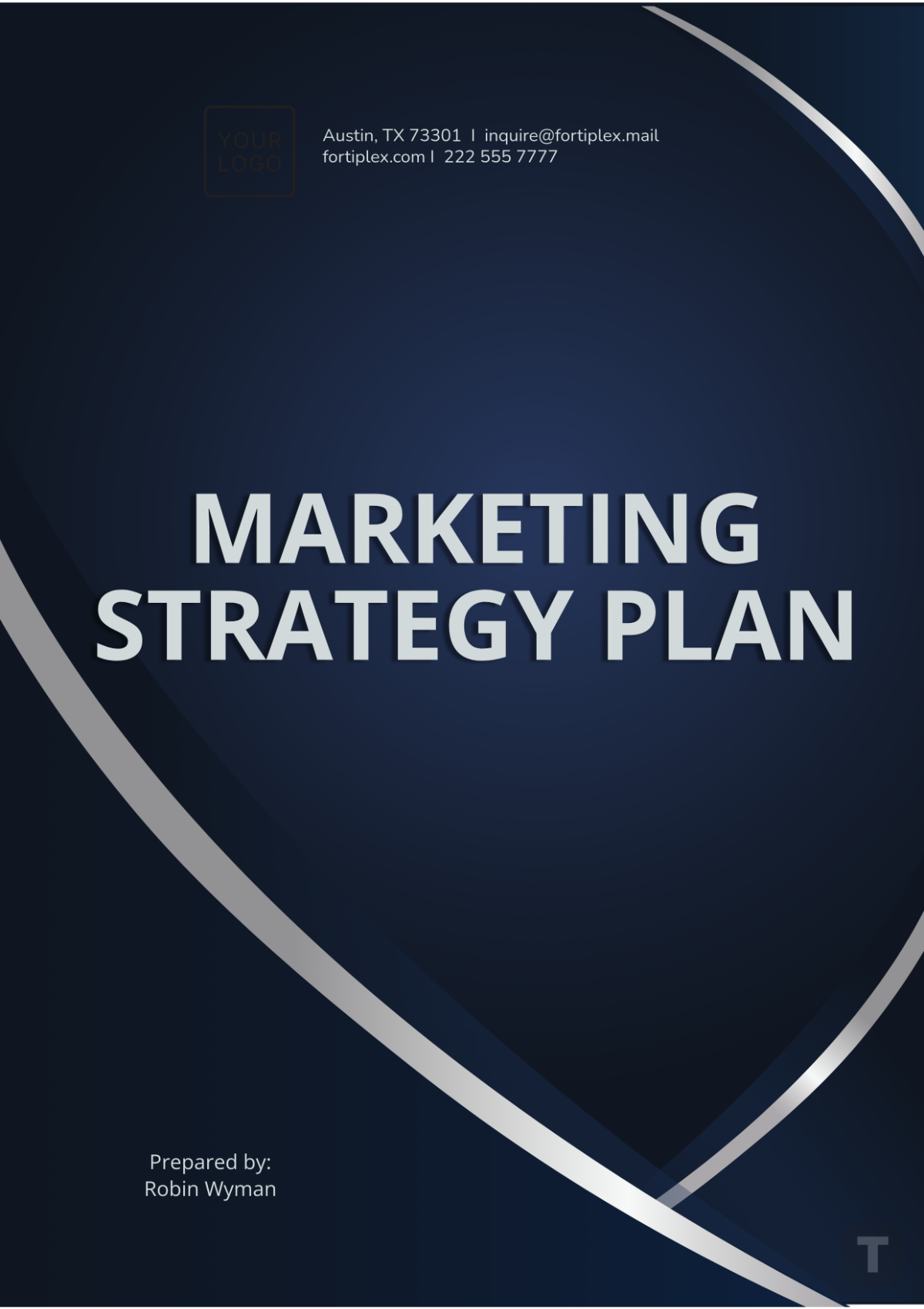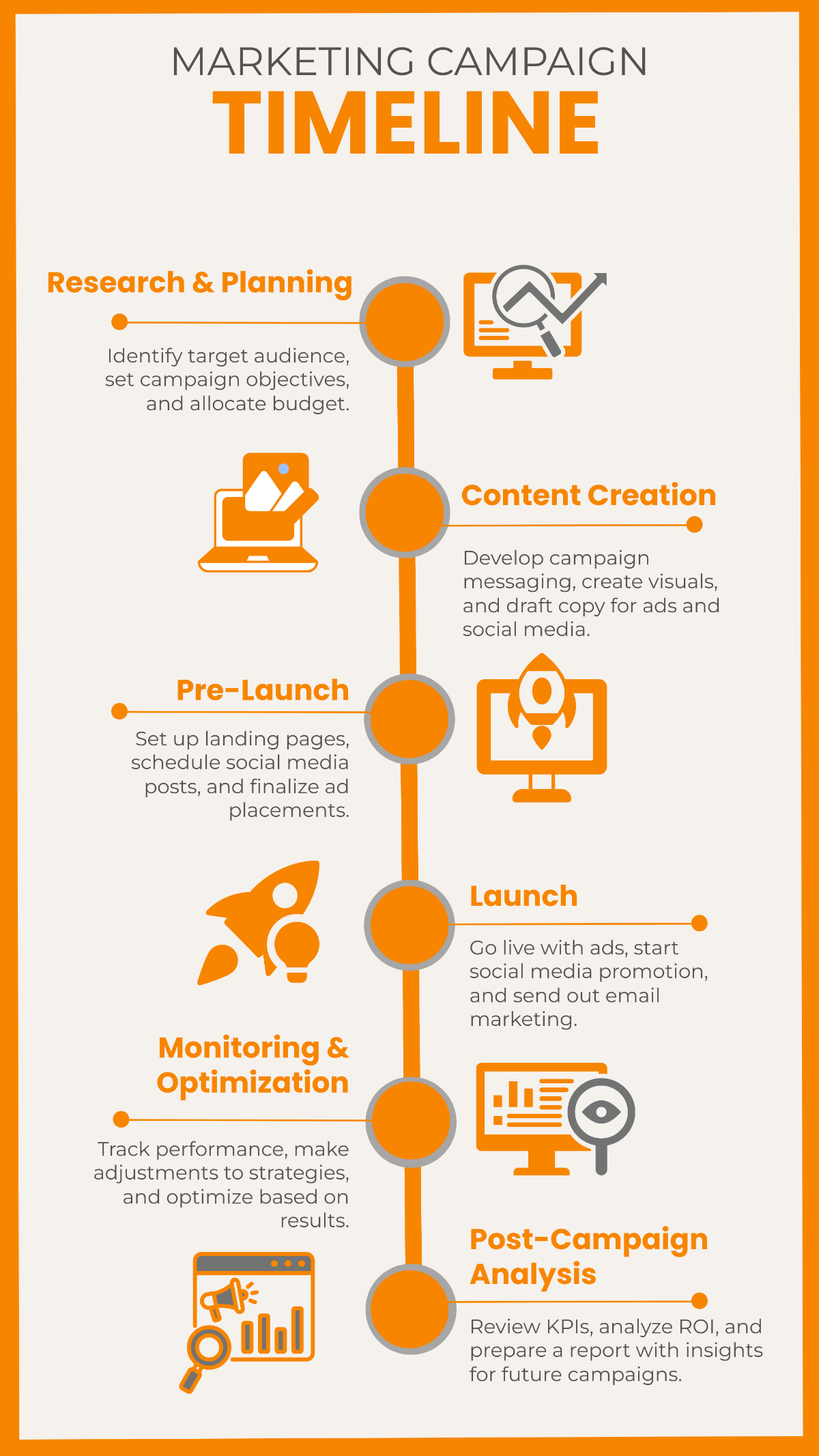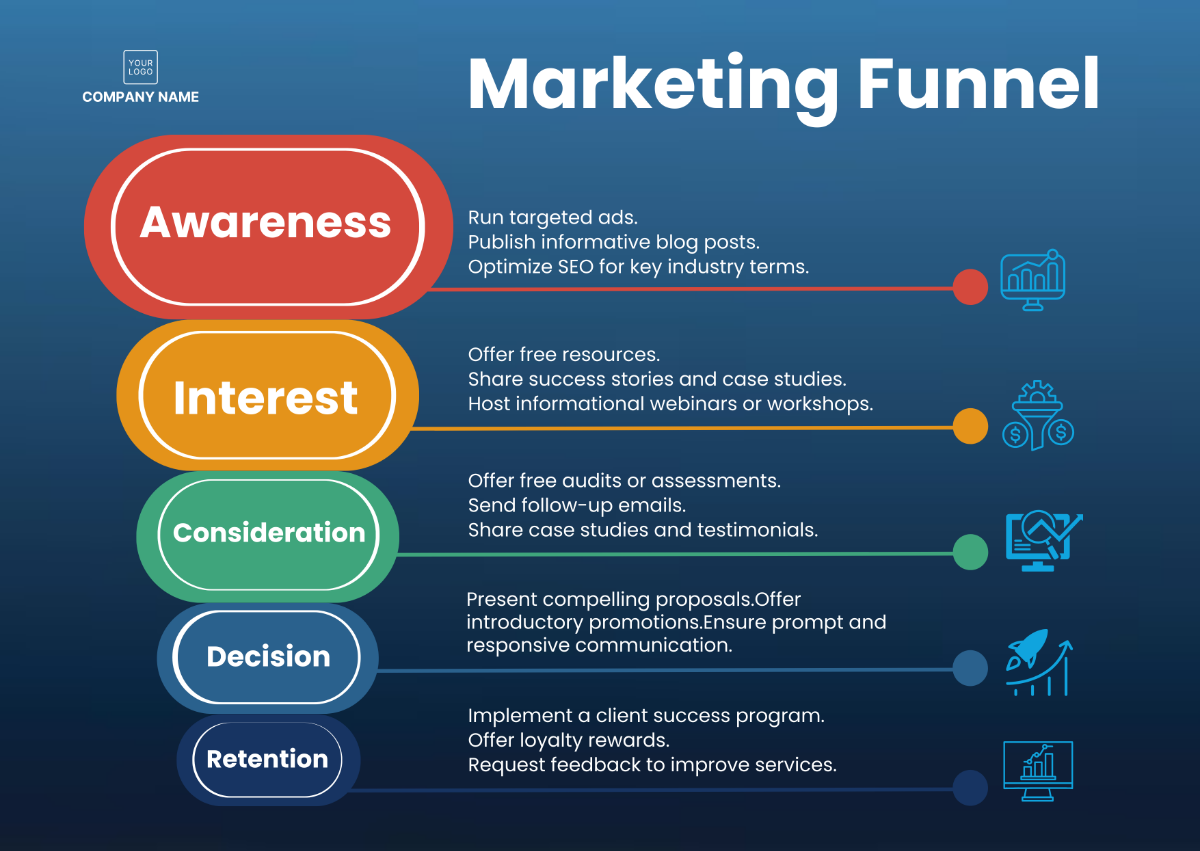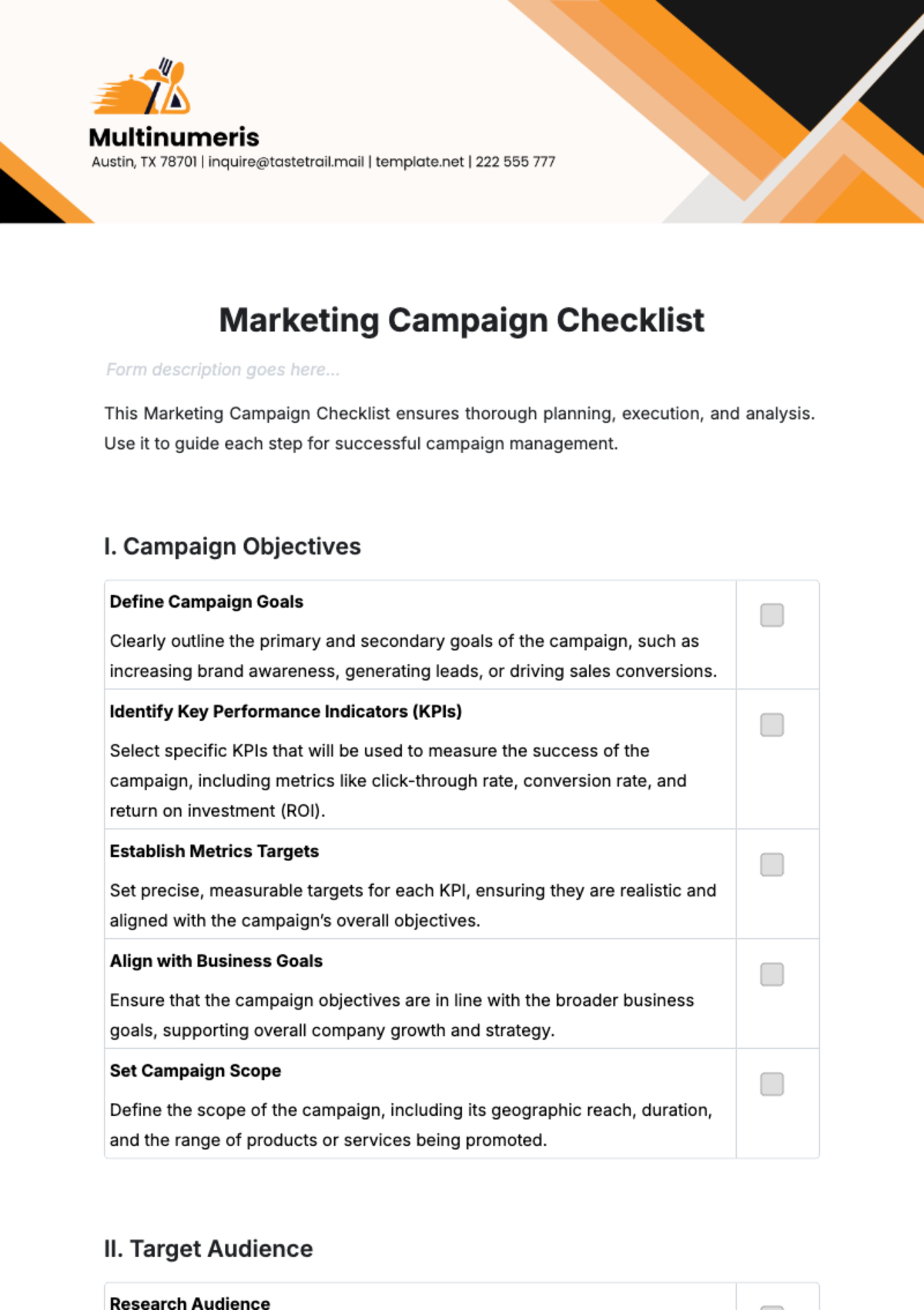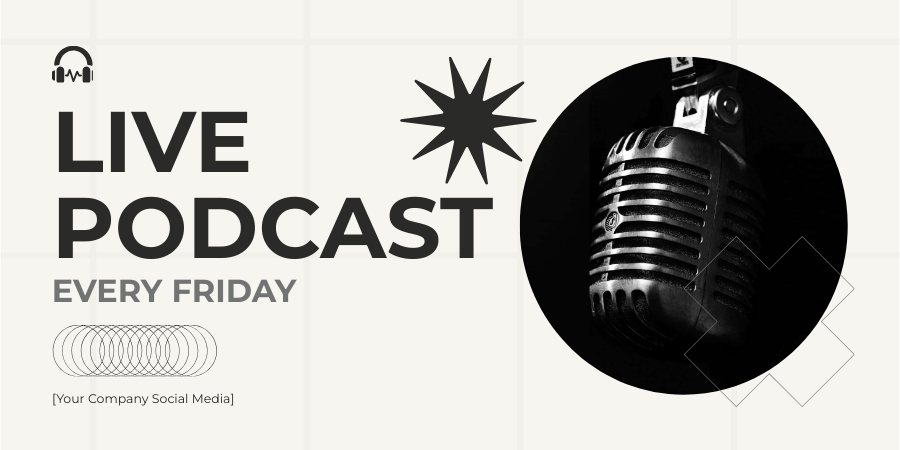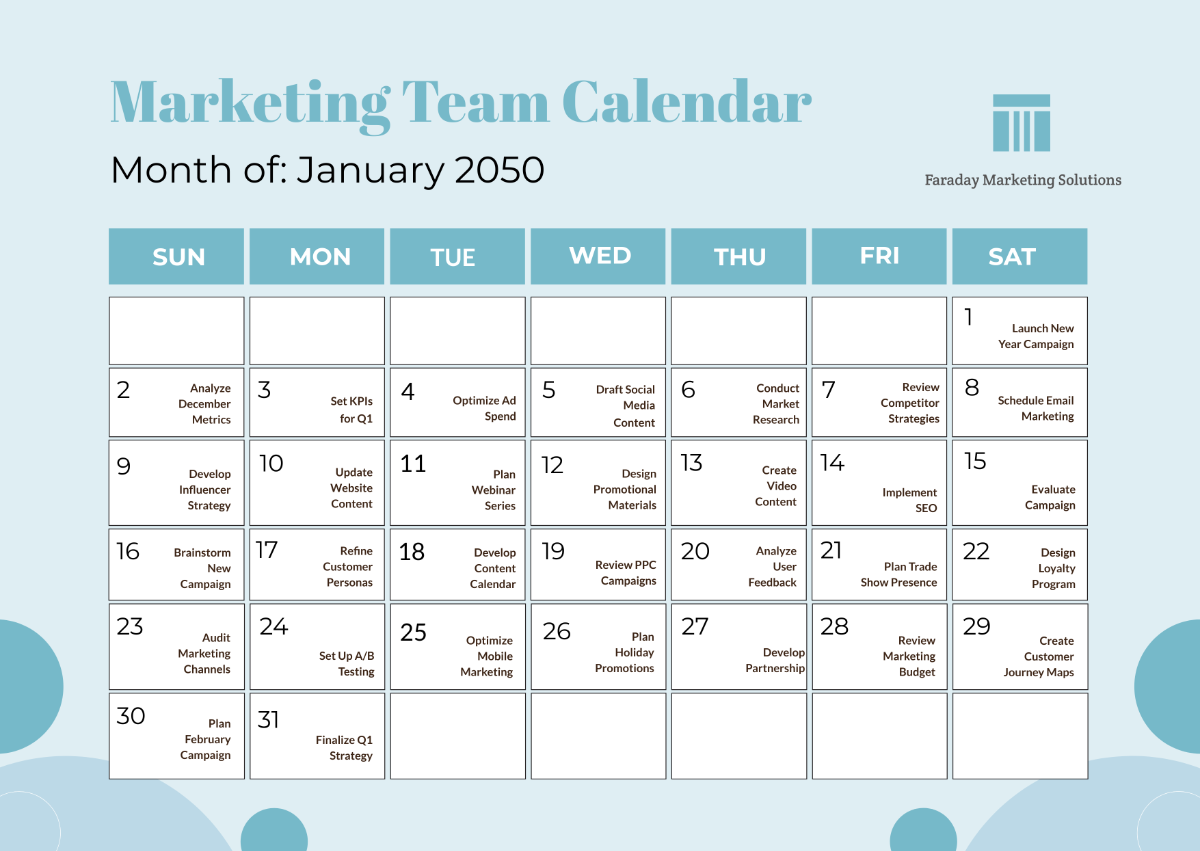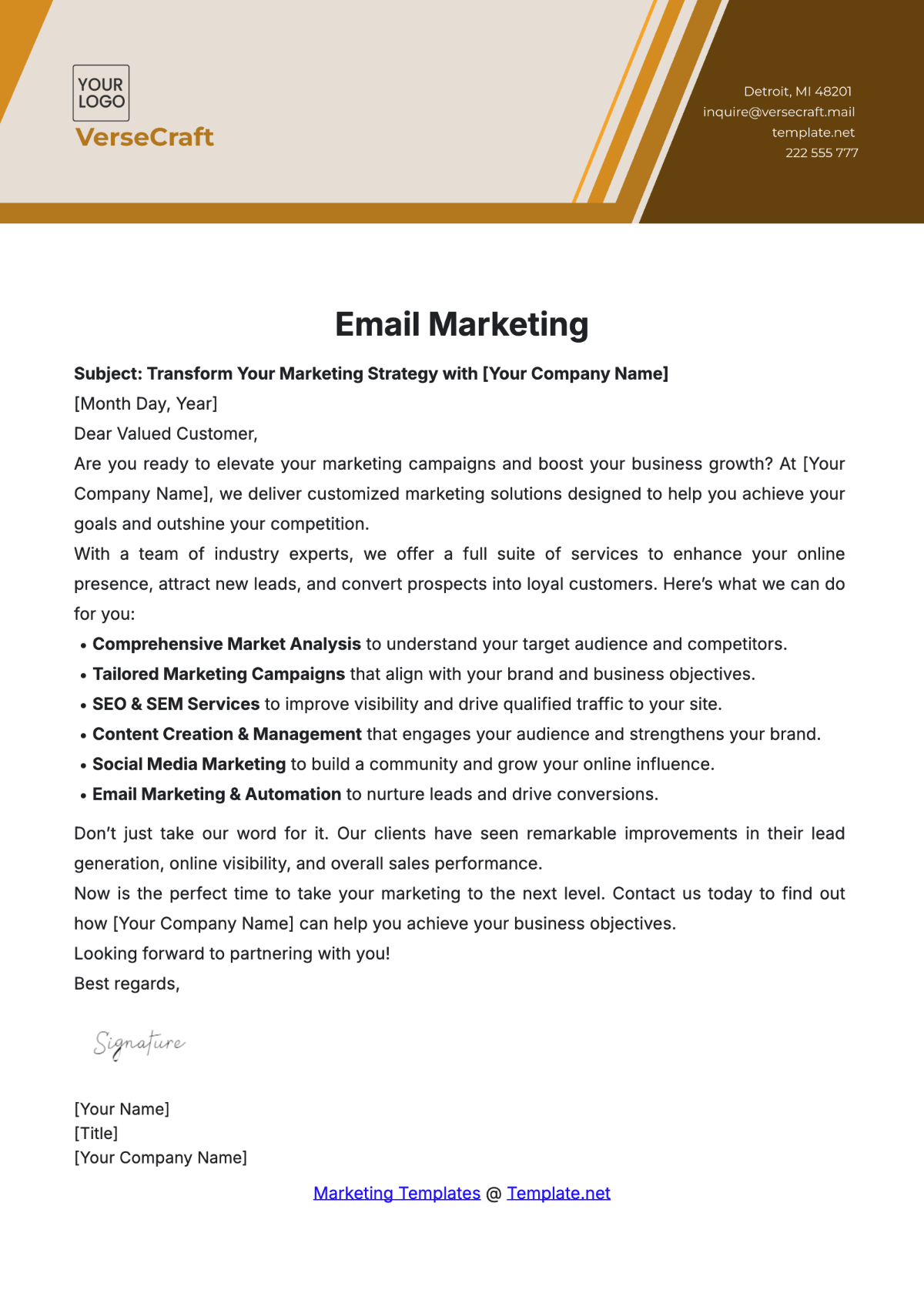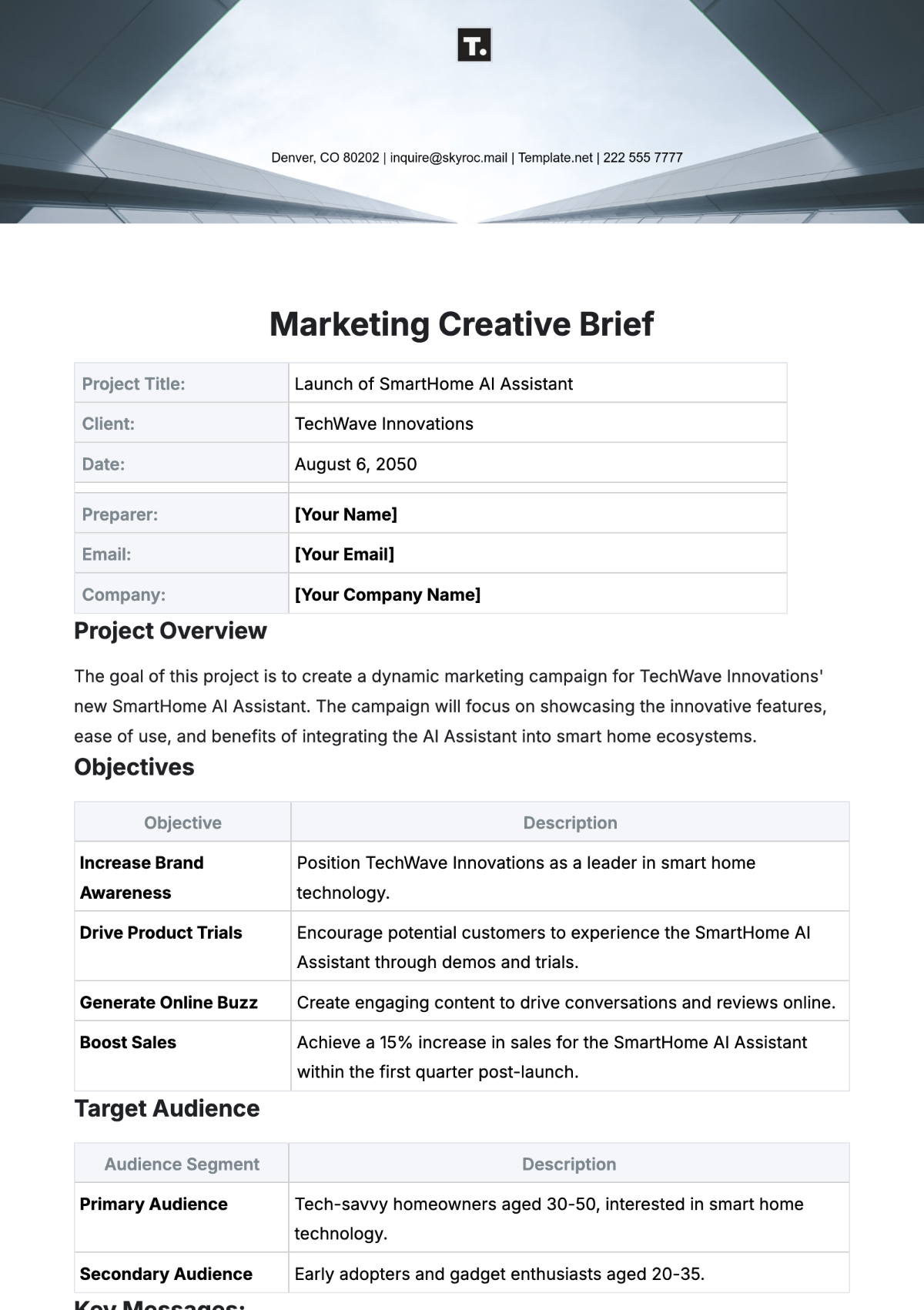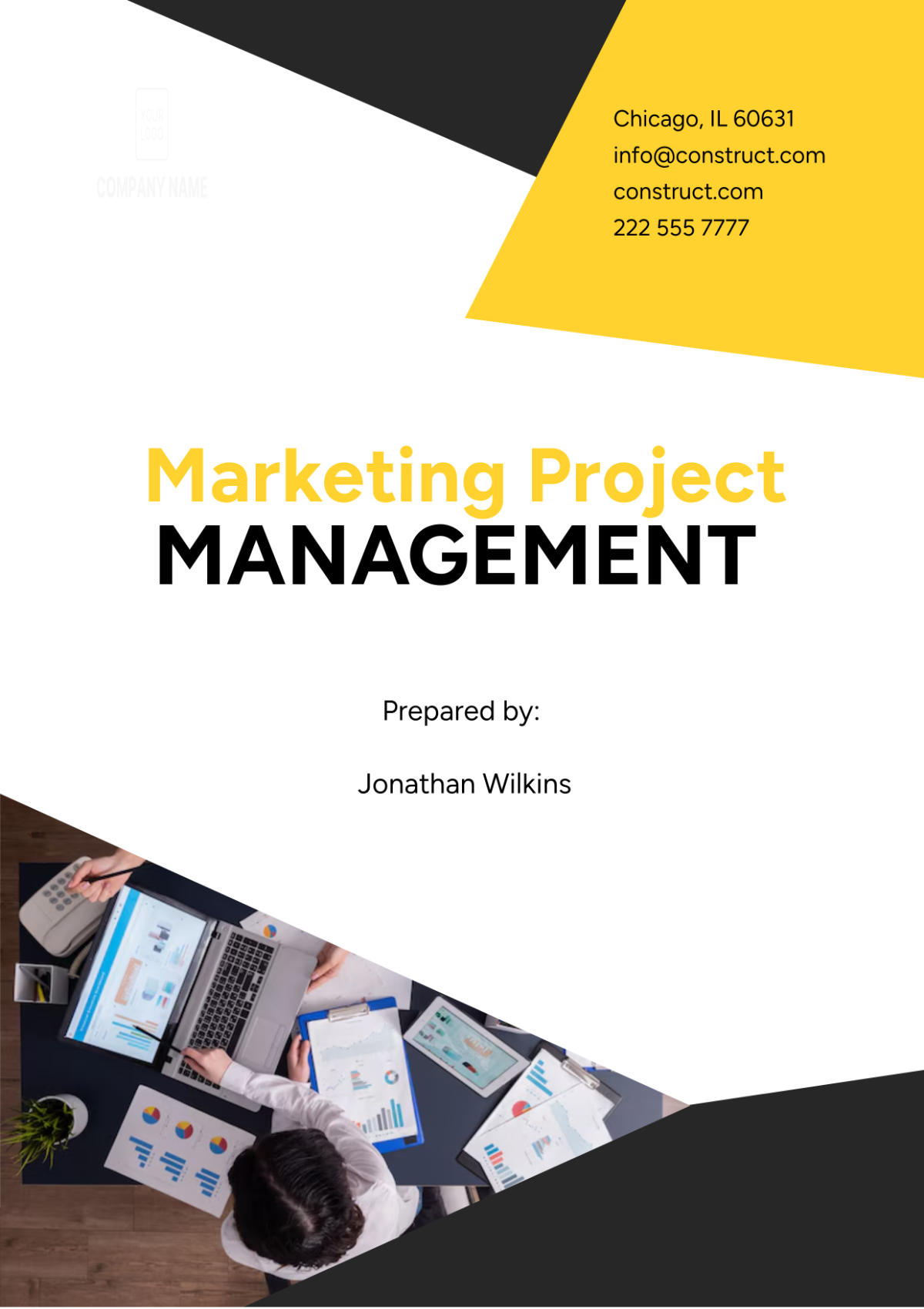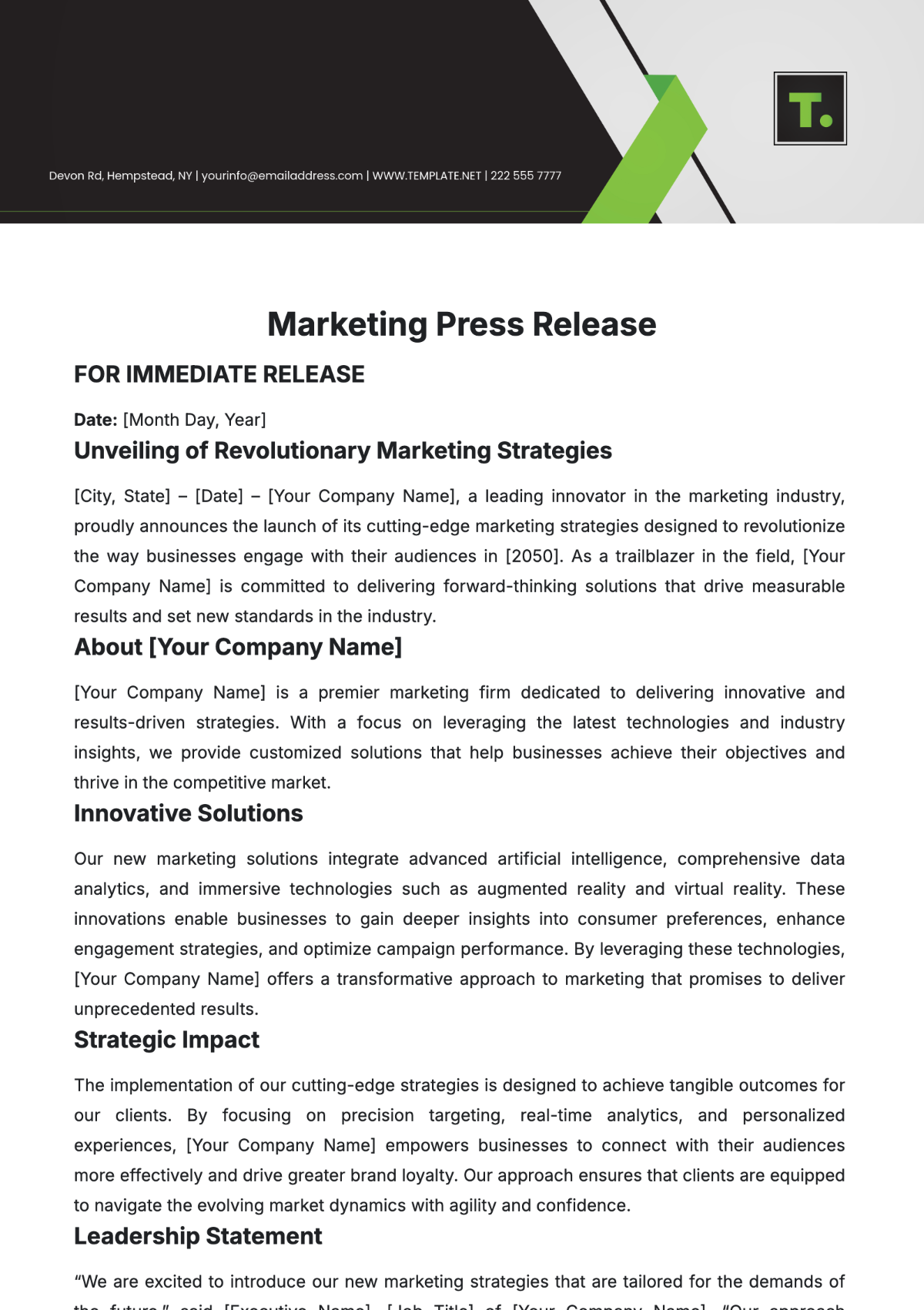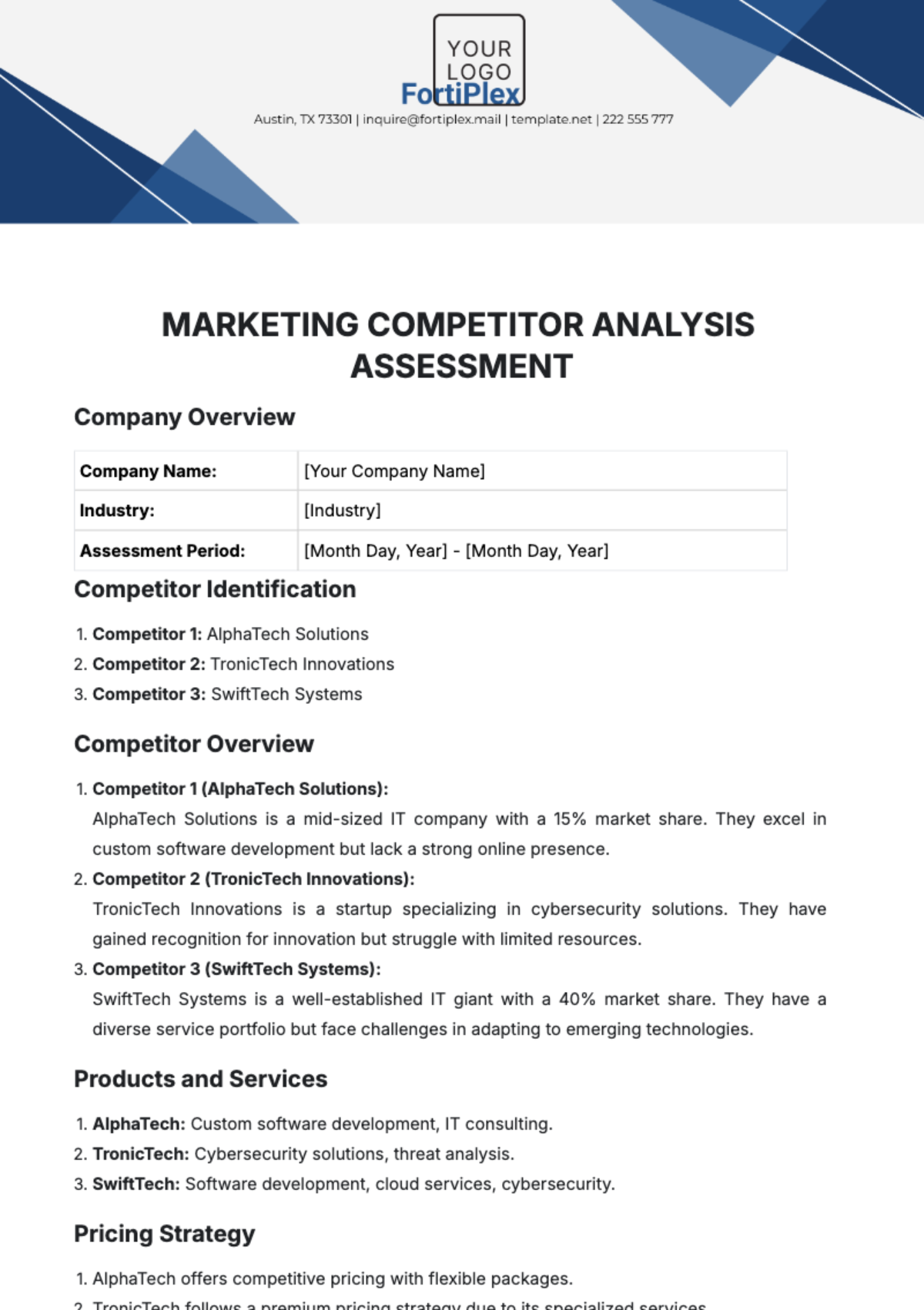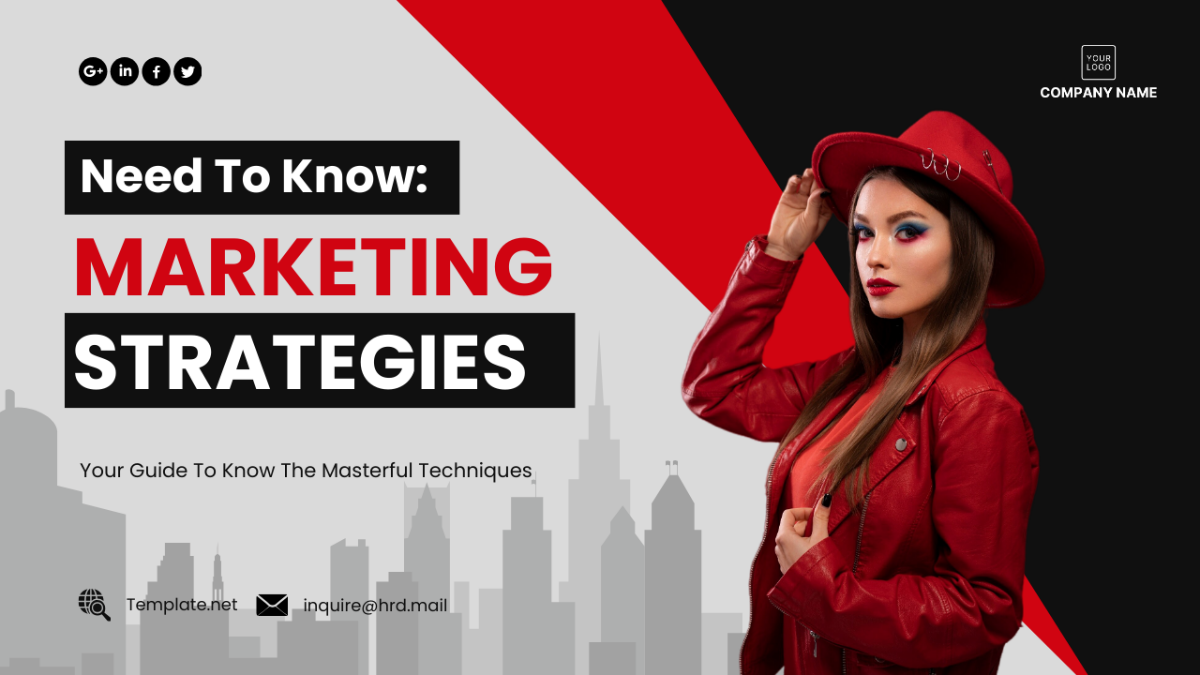Marketing Multimedia Content Creation
Introduction
Welcome to the Marketing Multimedia Content Creation Guide, brought to you by [Your Company Name]. In this comprehensive guide, we will walk you through the process of creating engaging and effective multimedia content for your marketing campaigns. Multimedia content, including images, videos, infographics, and more, plays a crucial role in capturing your audience's attention and conveying your brand message effectively.
Understanding Your Target Audience
In the world of marketing, understanding your target audience is the foundational step to crafting effective multimedia content. Without a deep understanding of who your audience is, what they care about, and what problems they face, your content is likely to miss the mark. In this section, we'll delve into the key aspects of audience understanding.
A. Audience Research
Audience research is the cornerstone of successful multimedia content creation. It involves gathering comprehensive data about your audience to inform your content strategy. Here's how you can conduct effective audience research:
Required Data | Detail |
Demographics | Demographic information includes age, gender, location, income, education, and more. This data helps you create content that resonates with specific segments of your audience. For example, if your audience is predominantly young adults, your content style and tone may differ from that aimed at older demographics. |
Psychographics | Psychographics delve into the psychological and emotional aspects of your audience. This includes their interests, values, attitudes, and lifestyle choices. Understanding psychographics enables you to connect with your audience on a deeper level. For instance, if your audience values sustainability, your content can emphasize eco-friendly aspects of your products or services. |
Pain Points and Needs | Identifying your audience's pain points and needs is crucial. What challenges are they facing, and how can your product or service address these issues? Conduct surveys, interviews, or focus groups to gather insights directly from your audience. |
Content Preferences | Determine how your audience consumes content. Do they prefer video tutorials, blog posts, infographics, or social media updates? Knowing their content preferences helps you choose the right formats for your multimedia content. |
B. Buyer Personas
Once you've collected data through audience research, it's time to create detailed buyer personas. Buyer personas are fictional representations of your ideal customers. Each persona should include:
Persona Details | Implication |
Persona Name | Give your persona a name to make it more relatable and memorable. For example, "Marketing Manager Mike" or "Fashionista Fiona." |
Demographics | Include the demographic details specific to this persona, such as age, gender, and location. |
Pain Points | List the key pain points or challenges that this persona faces. This helps tailor your content to address their specific needs. |
Goals | What are the goals or objectives of this persona? Understanding their aspirations can guide your content towards providing solutions. |
Content Preferences | Specify the types of content this persona prefers. For example, "Mike prefers video tutorials," or "Fiona enjoys reading blog posts." |
Buying Behavior | Describe how this persona makes purchasing decisions. What factors influence their choices? This information is invaluable for crafting content that persuades them to take action. |
Creating buyer personas allows your team to humanize your audience, making it easier to empathize with their needs and create content that resonates on a personal level. As you move forward in your content creation journey, these personas will serve as valuable guides, ensuring that your multimedia content remains focused and relevant to your target audience.
By investing time in audience research and developing buyer personas, you are laying a solid foundation for the rest of your multimedia content creation process. This knowledge will inform your content themes, messaging, and distribution channels, ultimately leading to more effective marketing campaigns.
Setting Clear Objectives
A. Defining Goals
Your marketing objectives should align with your broader business goals. It's essential to define what you want to achieve through your multimedia content. Here are some common marketing goals:
1. Increase Brand Awareness
If your goal is to boost brand recognition, your multimedia content should focus on introducing your brand to a wider audience. Consider creating visually appealing content that highlights your brand's unique qualities and values.
2. Drive Website Traffic
To drive traffic to your website, your content should provide valuable information or entertainment that encourages users to visit your site. Use compelling visuals, clickable CTAs (Call to Action), and relevant links to guide users to your website.
3. Generate Leads
If your aim is to capture leads, create content that offers something of value in exchange for user information (e.g., email addresses). This could be in the form of ebooks, webinars, or exclusive access to content.
4. Boost Sales and Conversions
For sales-focused objectives, your multimedia content should nurture leads and guide them through the sales funnel. Consider using product demos, customer testimonials, and persuasive storytelling to encourage conversions.
B. Key Performance Indicators (KPIs)
Once you've defined your goals, it's time to identify the Key Performance Indicators (KPIs) that will help you measure your progress and success. KPIs are specific metrics that align with your objectives and provide actionable insights. Here are some KPIs relevant to marketing multimedia content:
1. Click-Through Rate (CTR)
CTR measures the percentage of people who click on a link or CTA in your multimedia content. A high CTR indicates that your content is engaging and compelling.
2. Conversion Rate
Conversion rate measures the percentage of users who take a desired action, such as signing up for a newsletter or making a purchase. It's a critical KPI for assessing the effectiveness of your content in driving conversions.
3. Engagement Metrics
Engagement metrics include likes, shares, comments, and time spent on your content. These metrics indicate how well your content resonates with your audience.
Content Strategy and Planning
Creating multimedia content that resonates with your target audience requires careful planning and a well-thought-out strategy. In this section, we'll delve into the essential steps for crafting a successful content strategy.
Content Strategy | Detail |
Content Calendar | A content calendar is a vital tool for organizing and scheduling your multimedia content. |
Define Content Cadence | Determine how often you will publish multimedia content. This can vary depending on your resources and audience preferences. |
Content Types | Identify the types of multimedia content you'll create, such as videos, blog posts, infographics, or podcasts. |
Themes and Topics | Align your content with the themes and topics that resonate with your audience. |
Seasonal and Timely Content | Consider incorporating seasonal or timely content into your calendar. |
Assign Responsibilities | Clearly define who is responsible for creating, editing, and publishing each piece of multimedia content. |
Review and Adapt | Regularly review and adapt your content calendar based on performance metrics and audience feedback. |
Content Themes and Topics
Choosing the right themes and topics for your multimedia content is essential to capture your audience's attention and meet their needs. Here's how to select themes and topics effectively:
1. Audience Relevance
Ensure that your chosen themes and topics align with the interests and pain points of your target audience. Consider the questions they have, the challenges they face, and the information they seek.
2. Keyword Research
Perform keyword research to identify relevant keywords and phrases that can guide your content creation. Use tools like [Your Company Keyword Tool] to discover high-traffic keywords in your industry.
3. Competitor Analysis
Analyze your competitors' content to identify gaps and opportunities. Create content that offers a unique perspective or fills information voids.
4. Evergreen and Trending Topics
Balance your content strategy by including evergreen topics that remain relevant over time and trending topics that capitalize on current events or industry trends.
5. Content Mix
Diversify your content mix to cater to different learning styles and preferences. For example, incorporate how-to guides, case studies, thought leadership pieces, and entertaining content.
6. Content Pillars
Identify core content pillars that represent the key themes of your brand. These pillars help you maintain consistency and establish authority in your niche.
Content Creation
Effective multimedia content creation involves a mix of creativity, technical skills, and strategic thinking. In this section, we'll briefly explore some key aspects of content creation.
A. Visual Content
1. Images
High-quality images play a crucial role in multimedia content. They can be used in blog posts, social media, and more.
2. Videos
Videos are one of the most engaging forms of multimedia content. Consider creating videos for tutorials, product demonstrations, testimonials, or storytelling.
B. Interactive Content
Interactive content encourages audience participation and engagement. Here are two common types of interactive content:
1. Infographics
Infographics are a visually compelling way to present complex information.
2. Quizzes and Polls
Quizzes and polls are interactive tools that invite your audience to participate. Platforms like Quizlet or SurveyMonkey allow you to create quizzes and polls easily.
Optimization and Distribution
Creating multimedia content is just one part of the equation. Equally important is optimizing that content for visibility and effectively distributing it to your target audience.
SEO Optimization | Social Media Sharing | Email Marketing |
Keyword Research Identify relevant keywords related to your content. | Choose the Right Platforms Identify the social media platforms where your target audience is most active. | Segmentation Segment your email list based on user preferences and behavior. |
On-Page SEO Optimize your multimedia content's title, meta description, and headings with target keywords. | Tailor Content for Each Platform Adapt your multimedia content to fit the format and requirements of each social media platform. | Personalization Personalize email content by addressing recipients by name and tailoring content recommendations based on their past interactions. |
Image and Video SEO For visual content, use descriptive filenames and alt text for images and captions for videos. | Schedule Posts Use social media management tools like [Your Company Social Media Tool] to schedule posts at optimal times when your audience is most active. | Clear CTAs Include clear and compelling Calls to Action (CTAs) in your emails to drive recipients to your multimedia content. |
Mobile-Friendly Content Ensure that your multimedia content is responsive and mobile-friendly. | Engage with Your Audience Respond to comments, questions, and feedback from your audience on social media. | A/B Testing Experiment with different email subject lines, content formats, and send times through A/B testing to optimize email performance. |
Analyzing and Improving
Analyzing the performance of your multimedia content is crucial for refining your strategy and achieving better results.
A. Performance Analysis
Regularly analyzing the performance of your multimedia content provides valuable insights into what's working and what needs improvement. Here's how to conduct effective performance analysis:
1. Analytics Tools
Utilize analytics tools such as Google Analytics, social media insights, and email marketing metrics to gather data on how your content is performing.
2. Key Performance Indicators (KPIs)
Refer back to the KPIs you established in Section 2. Measure your content's performance against these KPIs to assess its success in achieving your goals.
3. Audience Insights
Use analytics to gain insights into your audience's behavior.
B. A/B Testing
A/B testing (split testing) allows you to experiment with different content variations to determine which performs better. Here's how to effectively conduct A/B testing:
1. Define Hypotheses
Start by forming hypotheses about what changes might improve content performance. For example, you could hypothesize that a different CTA or headline will increase click-through rates.
2. Split Testing
Create two or more versions of your multimedia content with the proposed changes. Split your audience into groups and present each group with a different version.
3. Data Collection
Collect data on how each version performs. Monitor relevant metrics and compare the results to determine which version is more effective.
Conclusion
A. Audience Understanding
Conduct thorough audience research to know your target audience's demographics, psychographics, pain points, and content preferences.
Create detailed buyer personas based on your audience research to tailor your content effectively.
B. Setting Clear Objectives
Define specific and measurable marketing objectives that align with your business goals.
Identify Key Performance Indicators (KPIs) to measure the success of your multimedia content.
C. Content Strategy and Planning
Develop a content calendar that outlines the cadence, content types, themes, and topics for your multimedia content.
Choose themes and topics that resonate with your audience and align with your brand.
D. Content Creation
Create visually appealing images and engaging videos to capture your audience's attention.
Experiment with interactive content like infographics, quizzes, and polls to encourage participation.
E. Optimization and Distribution
Optimize your multimedia content for search engines (SEO) through keyword research, on-page SEO, and mobile-friendly design.
Leverage social media platforms and email marketing for effective content distribution.
F. Analyzing and Improving
Regularly analyze the performance of your content using analytics tools and KPIs.
Conduct A/B testing to experiment with different content variations and make data-driven improvements.


